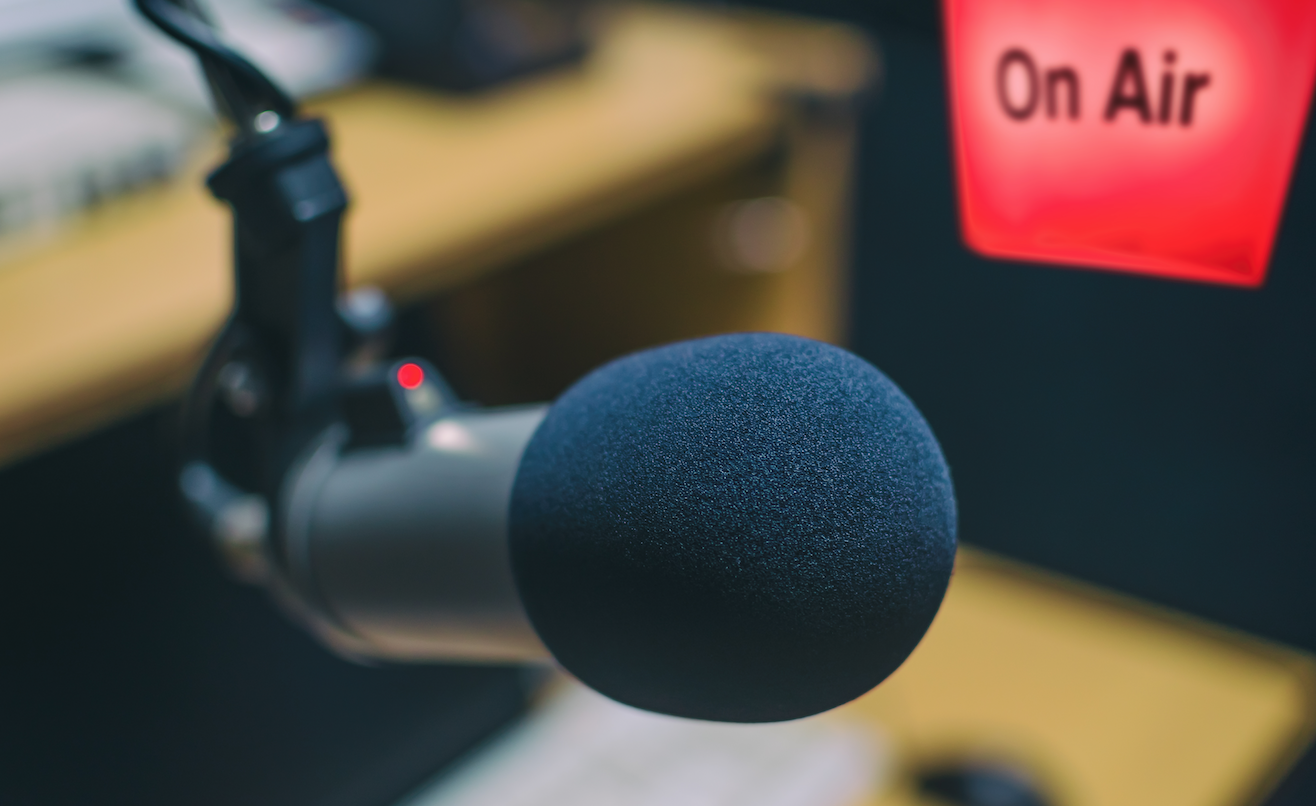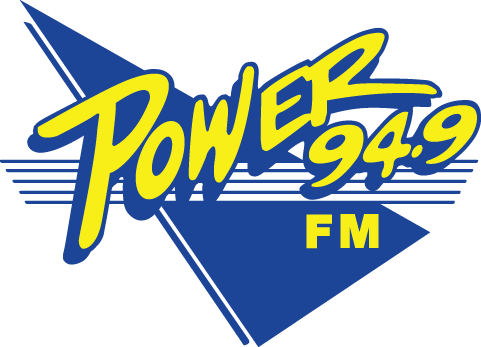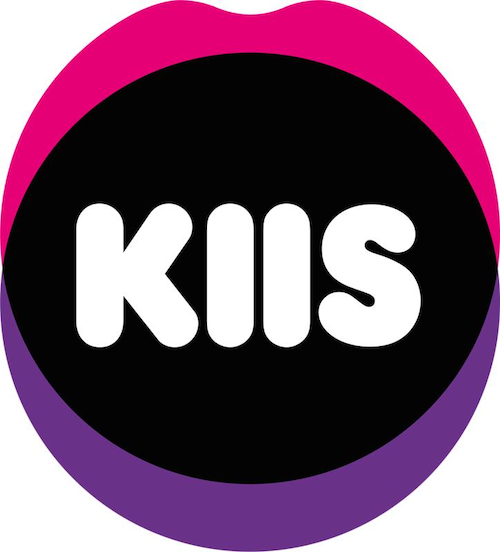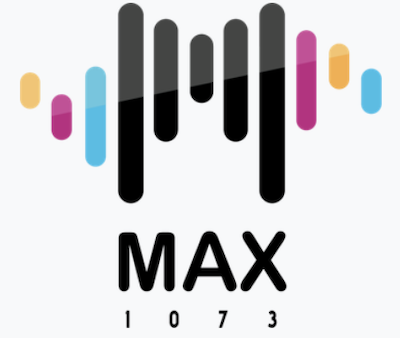How to be a better communicator; 5 tips from NIDA

“Words mean more than what is set down on paper. It takes the human voice to infuse them with deeper meaning.” – Maya Angelou
At this Mumbrella360 workshop, NIDA’s Les Chantery took the room through a series of breathing and annunciation exercises, explored the link between actionable intention and delivery, and even had this overly enthusiastic journalist up on stage yelling at the audience: “I’m happy to be here” in a ‘challenging’ way…
… But that’s another story.
Here are a few of the tips we were given.
-
Train you breath
To warm up your voice and calm your nerves before a meeting or presentation, stand tall with one hand on your stomach and another on your chest. You should aim for your stomach to expand with each breath, rather than your chest and shoulders.
Breathe in for a count of two, hold your breath for a count of two, exhale for a count of four and hold for a count of two. Repeat.
To warm up your vocal chords, hum for the duration of your exhale.
-
Stop stumbling over your words
Chantery explained that the reason many sentences peter out or get tongue-twisted is that our brain will finish our thought before our mouth has.
To practice articulation takes a minute a day.
Repeat the following: “Goo Gaa / Gee Gaa / Gay Gaa / Guy Gaa / Goo Gaa.”
-
Be the mirror, not the reflection
Neuroscience has shown that human beings align themselves with one another; in any communication situation, either you’re setting the tone, or the other person is. (Think of the last time you felt drained after a conversation with an energy-sucking, negative person).
Ascribing an action to your words will lead your delivery; is your intention to calm, to excite, to inspire?
Examples include Obama’s delivery, lead by the action ‘to preach’; Clinton’s action would have been ‘to charm’; Oprah’s was ‘to befriend’.
-
Invincibility comes with posture
A confident, neutral stance can be achieved through visualisation.
Stand with your feet parallel, two fist-widths apart. Close your eyes and envisage a treasure chest floating in front of you. Reach out your arms and open the chest, to find a cape and a crown inside.
When you put on the cape, feel the weight gently pulling your shoulders back and down.
As you delicately put the crown on your head, lift up from the tips of your ears and lengthen your neck (don’t tilt your head back, the crown will slip off!)
Finally, imagine a bright, white light bursting from your chest, filling you with confidence and leading you forward.
“If you walk around on the street like this, everyone will move out of your way,” he joked. “We’ve had 0 casualties, promise!”
-
You have 8 seconds to capture attention
Whether it’s the advent of the smartphone or we’re de-evolving into fish, human attention span has dropped to a measly eight seconds.
Chantery gave us five presentation openers which are the most powerful methods of grabbing the attention of your audience:
- A rhetorical question – (‘How are you?’ is not a rhetorical question). It only needs to connect to the theme as a parallel. If it encourages personal reflection, e.g. “When was the last time you…” it will suggest to the listener that the topic is directly relevant to them.
- A statistic – Numbers grab people. The more shocking the better.
- A quote – Citing others will piggyback their credibility, but be wary of using popular quotes.
- A joke – Entices audiences, but use with caution. It’s hard to make your way back from a poorly delivered punchline flop!
- A story – The most effective, influential and persuasive tool. “A story is the most powerful way to communicate your information.”



